Revealed: 24 of the best post-war designed sites added to the National Heritage List
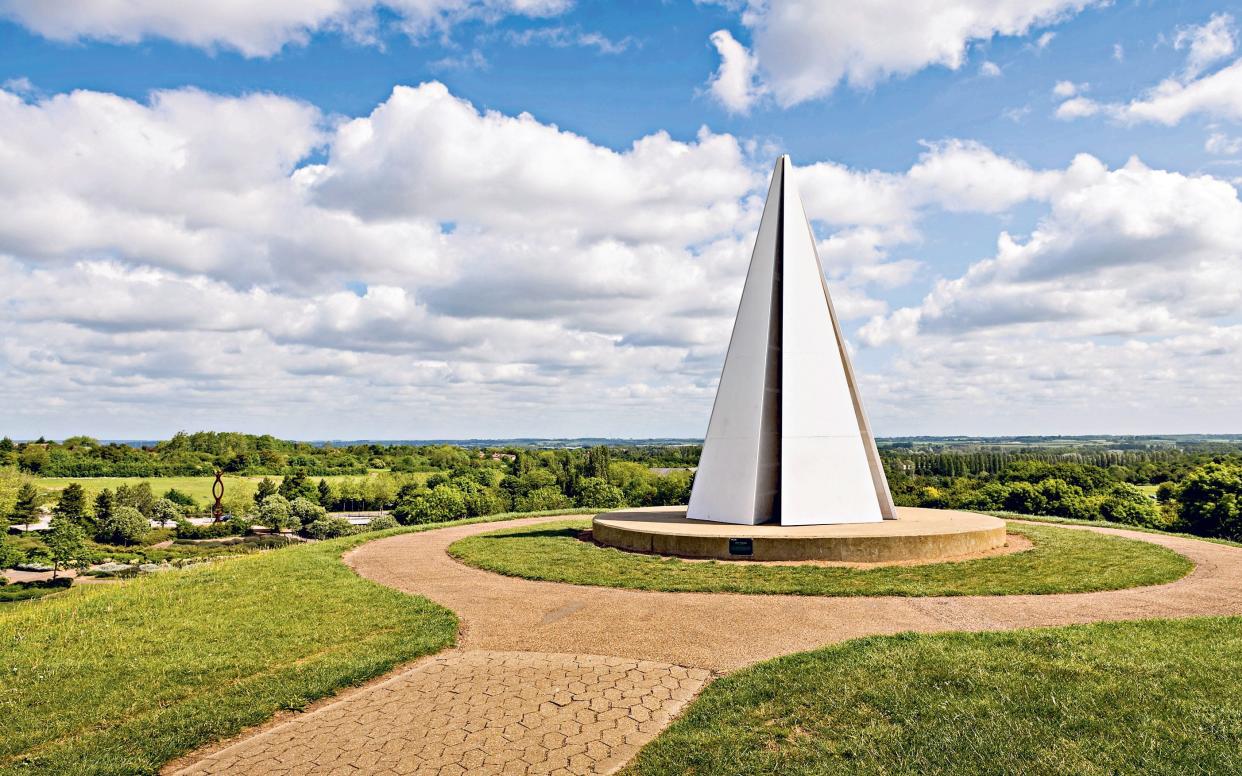
The life of a garden historian is never dull – permission to roam interesting and often sublime designed landscapes is a joy. Studying garden history can tell us a lot about how society has developed. Attention is often focused on more traditional periods such as Georgian or Victorian landscapes, understandably as they have many stories to tell.
However, I am particularly drawn to the history of our more recent designed landscapes, those of the 1960s to the 1990s. Exploring the era in which I grew up appeals – the music and fashion of the day resonate and I seem to make a more passionate connection to the place, developing a deeper understanding of the design and how it was built.
But designed landscapes of these decades are disappearing at an alarming rate and few are protected. While the heritage value of post-war architecture is growing in appreciation, that of its landscapes is less understood.
The physical space occupied by such places is frequently generous, tantalisingly so to developers, and often the fact that it has actually been designed is not realised, unlike a building which has a more obvious design intent.
In addition, some might say that such landscapes are too young to be loved. But, having spent a chunk of my working life dedicated to the period, I disagree. I am not alone – Historic England have announced that 24 sites representing some of the best post-war designed landscapes and their associated features have been added to the National Heritage List for England or upgraded.
This is brilliant news and represents an almost doubling of the number of post-war landscapes on the list. It will enhance understanding of this period of landscape design and help protect the sites, and our future enjoyment of them.
The latest listing project, called “Compiling the Record”, is the result of collaboration between Historic England and the Gardens Trust. The new additions are as varied in their type as size, and encompass private gardens, public parks, housing estates, business parks, an engineering plant, a university college and a memorial landscape.
A housing scheme

Brunel Estate in Westbourne Park, London, was completed in 1974. It is typical of the well-designed landscape of 1970s public housing schemes. Landscape architect Michael Brown, an important player in British post-war open-space design, created an intimate landscape, now Grade II registered.
His extensive ground modelling, a counterpoint to the flat site, created relaxing green spaces and play areas linked by sinuous brick paths. Brown’s sculptural playground for older children, formed from complex brickwork and set amongst many levels, is exciting compared with many contemporary schemes.
The super-long slide has received its very own listing at Grade II and is a rare survivor of play provision of that era. The gardens are much appreciated by residents – Nuzhath Maisha, who has lived on the estate for 30 years, and her 20-month-old daughter, Salimah, have especially valued access to the gardens and the toddler playground during lockdown.
Raphael John, 35, grew up on the estate and says how he “loved playing on that slide” and is happy that his eight-year-old daughter, Harley, now enjoys it too when they visit his mother.
Business parks
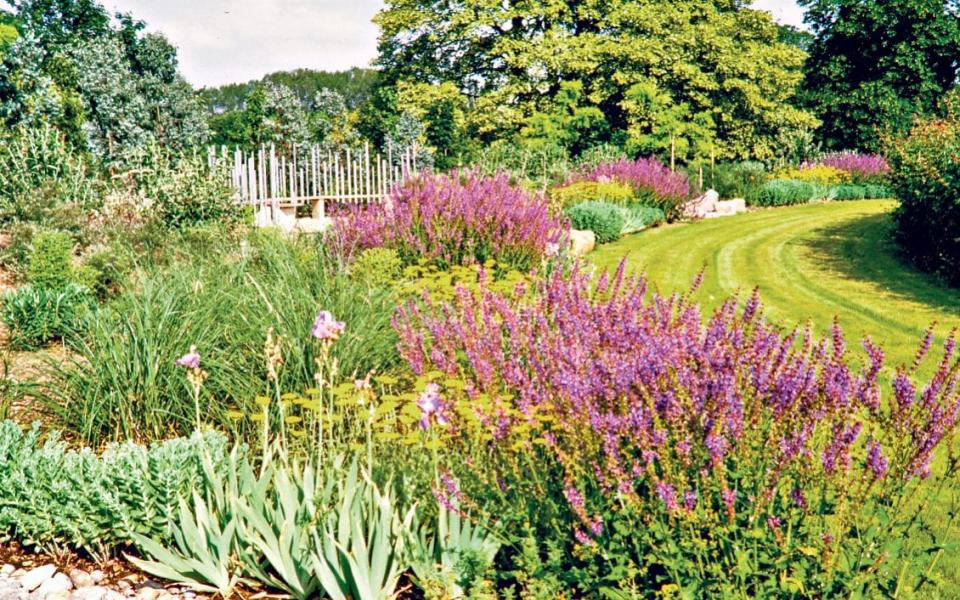
The inclusion of business parks is perhaps a surprise element. But their development was a particular focus of British landscape design from the 1970s onwards. Two have been added at Grade II: Stockley Park, Middlesex, and Broadwater Park, Buckinghamshire.
The latter, designed by influential landscape architect Preben Jakobsen, on the site of the former Korda film studios, was completed in 1983. A vast scooped circular lawn, enclosed by clipped field-maple hedge, sits below the mirrored office block and commands fine views across the River Colne to a nature reserve.
This Scandinavian formalism is contrasted by a sculptural secret garden to the north where perennial planting was employed, a forerunner of the “Dutch-Wave” style of planting of Piet Oudolf and others that has become popular in the UK. The hard structure and remnants of the secret garden remain, awaiting restoration.
Public parks
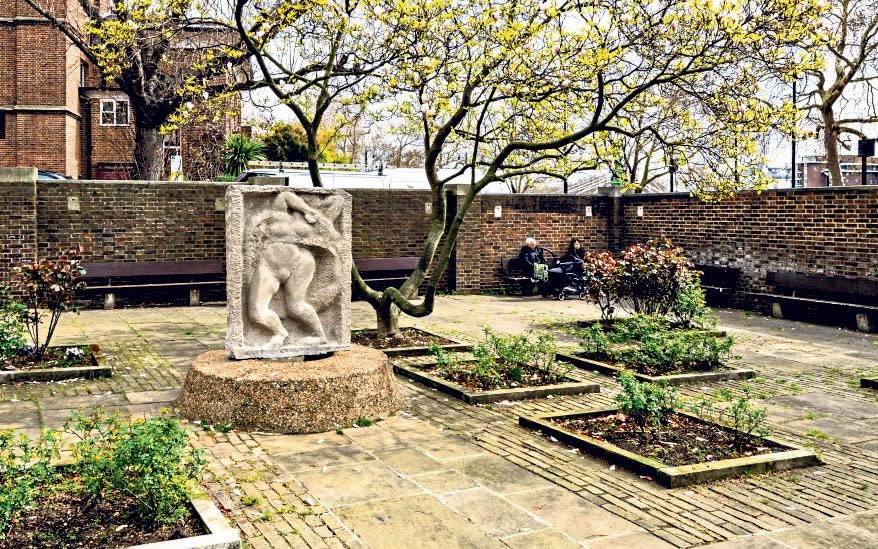
Public parks have also come into their own during lockdown and four have been added to the register as part of this bundle. Campbell Park, the city park for new town of Milton Keynes, was opened in 1984 and at 46 hectares is one of the largest to be laid out in England in the 20th and 21st centuries.
Based on a 1970s design by Derek Walker, Stuart Mosscrop and Andrew Mahaddie, with later refinements by landscape architect Neil Higson, the park lies on an axis to the east of the city and is a modern reimagining of 18th and-19th-century English landscape.
With a commitment to public art, the site abounds in sculptures and bespoke furniture. Alongside formal elements on the western edge, close to the city, variety and contrast is provided as the park gives way to a more pastoral landscape, where grazing sheep sometimes replace the lawnmower. Now registered Grade II, Campbell Park has much to offer local residents and visitors alike.
In contrast, Roper’s Gardens, Chelsea, is a tiny park. A hidden gem designed by Sir Peter Shepheard, with detailing by Margaret Maxwell, it opened in 1964 and has been registered Grade II. The space was created when, in 1941, a parachute mine destroyed all the buildings on the site. Shepheard’s design retained their former basement levels to create a sunken garden.
The stone capped brick walls are now clad in climbing plants that hide innovative built-in nesting boxes. The space pivots around the central bronze sculpture, Awakening, by local lad Gilbert Ledward, also now listed Grade II.
Wall-hung timber benches and low raised beds with lawns, roses and select trees complete the lower level. An elegant upper level timber pergola overlooks the garden and River Thames beyond.
Later, in 1972, a torso relief by Jacob Epstein, who had his studio on the site until 1914, was installed at the east end of the garden.
For local octogenarian and retired rambler, Brian Rowles, a lockdown pleasure has been walks to the park to enjoy a Cuban cigar in the afternoon sunlight, and being entertained by the many dogs that are briefly trotted through the place.
The father of modern landscape architecture
Given the contribution to landscape design of Geoffrey Jellicoe (1900-1996), it is unsurprising that a number of his projects are already protected and that three others have now been added to the list:
Memorial, Surrey
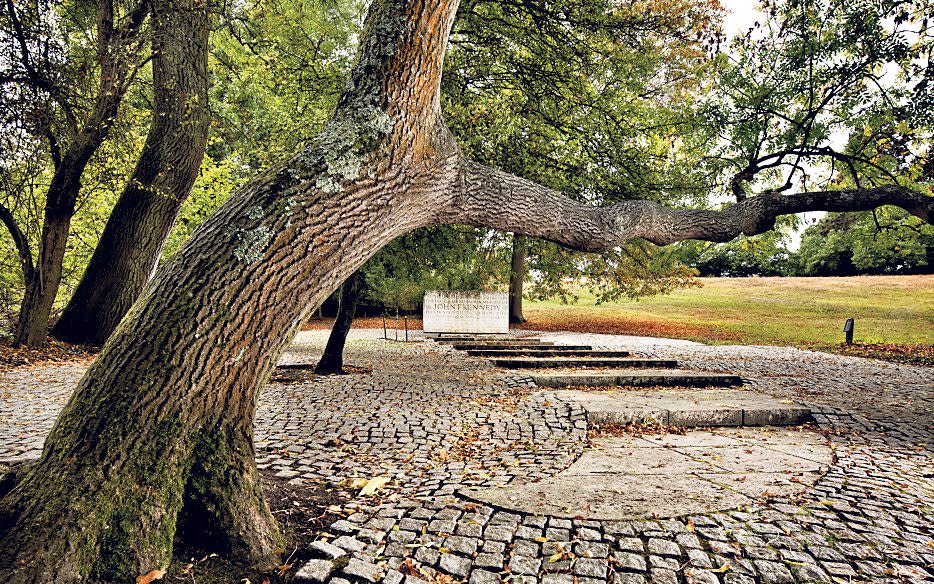
The 1964 allegorical landscape of the Kennedy Memorial, Runnymede, Surrey has been registered Grade II. This is especially important as the beautiful design actually consists of three parts – a stepped path of granite setts through woodland, the memorial stone with carvings by sculptor Alan Collins, which is placed in a glade at the top of the path, and a meadow beyond with broad Portland stone steps leading to stone benches and views over the Thames valley. Until now only the memorial stone was listed (Grade II) separating it from the other two integral but fragile elements of the design.
Factory, Wirral
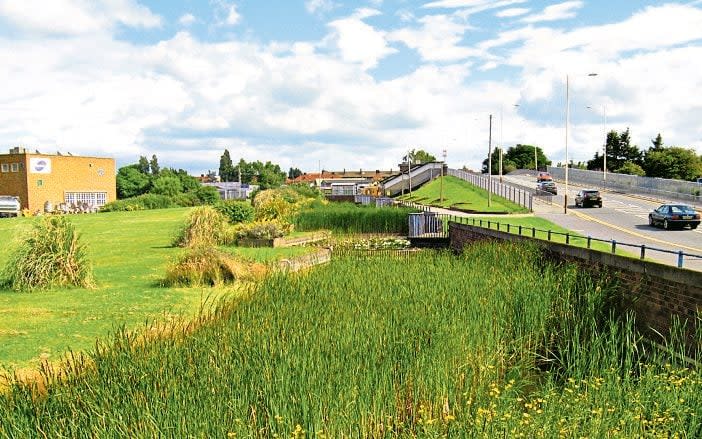
The 1952 water cascade designed by Jellicoe with associated viewing platforms and planters at the former Cadbury factory, Wirral (once home to Jammie Dodger biscuits) has been listed at Grade II. It was the precursor to Jellicoe’s 1957 design for the acclaimed and Grade II registered Hemel Water Gardens.
Garden, Dorset
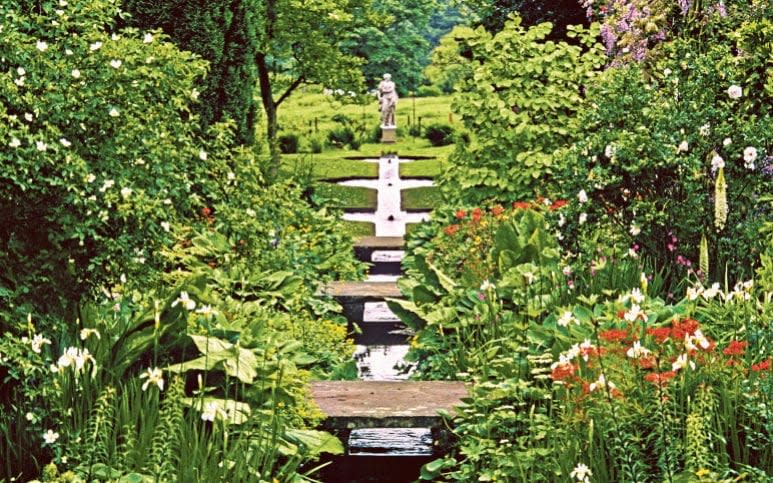
Finally, Jellicoe’s masterpiece for Shute House Garden, Dorset, has been registered Grade II*. Having worked on it over a 25-year period, it was his last project before his death in 1996 and culminates a lifetime’s design thinking incorporating philosophy, allegory and garden history.
Using an ancient spring, the design expresses his joy in working with both exuberant moving water, via a rill garden where bronze tubes play a musical scale as the water cascades (a concept that he originally developed at Hemel Water Gardens) and contemplative still water, via ponds, pools and an adapted canal.
Jellicoe was a deep thinker but was not beyond a bit of humour: I smiled as I read his ditty scrawled on a drawing for the romantic meadow serpentine: “Ode to Charles Bridgeman – Your Serpentine is Grand and Fine/ Forgive me when I claim that mine/ Made at Shute in seventy-nine/ is much more Elegant than thine”.
How to find sites on the list
Historic England is the public body that advises the Government on the care of the historic environment and manages the National Heritage List for England.
You can search the website for protected historic sites in England including listed buildings, scheduled monuments, protected wreck sites, registered parks, gardens and battlefields. Gardens, parks and many other types of designed landscapes such as cemeteries, town squares and housing landscapes are, like buildings, graded I, II* and II depending on their importance.
When local authorities receive an application for development that would affect a registered park or garden, they must take into account the special interest of the site when considering planning permission. The Gardens Trust, as the statutory consultee, must be consulted for advice.
To learn more about the post-war landscapes recently added to the National Heritage List for England, visit historicengland.org.uk. Registered sites are not open to the public unless advertised.
Three gardens added to the List
York Gate, Leeds

A finely detailed Arts & Crafts masterpiece.
Beth Chatto Gardens, Essex
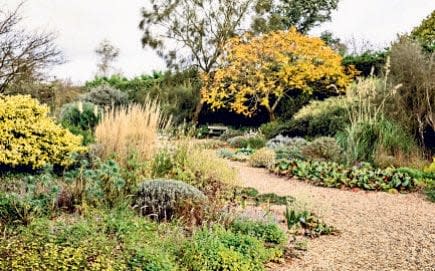
Legacy of the British plantswoman and author.
Denmans, West Sussex

Designed by John Brookes, influential author of Room Outside.
Karen Fitzsimon is a landscape architect and garden historian. She worked with the Gardens Trust on the listing project.


